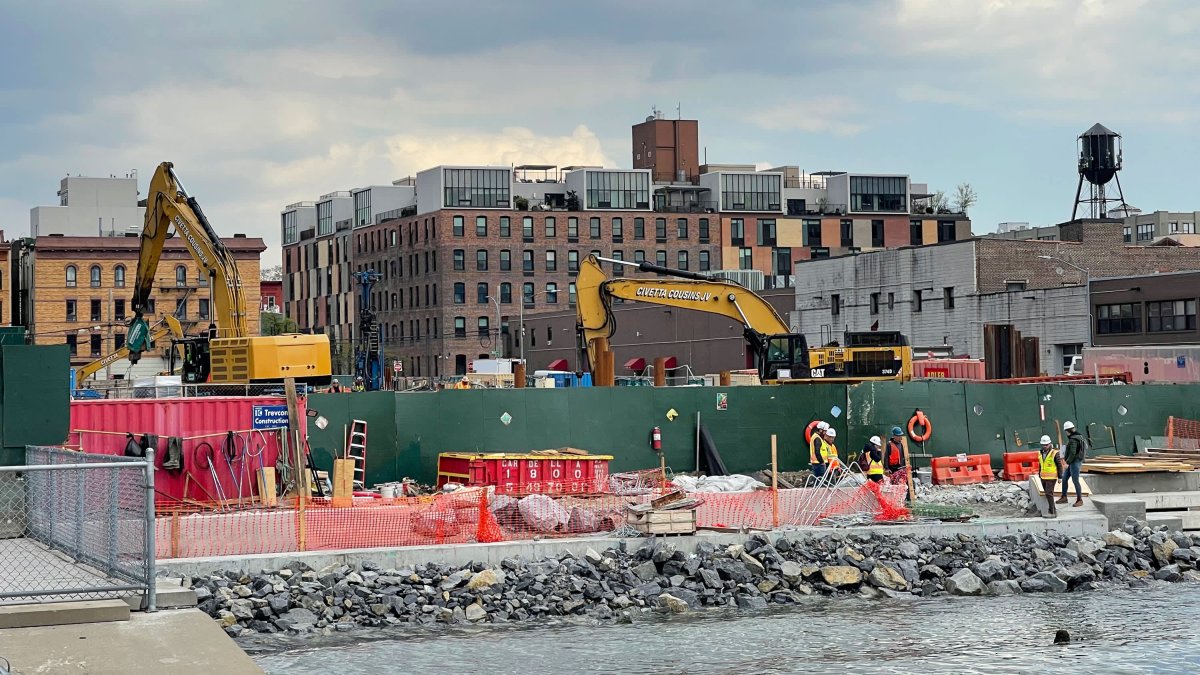NEW YORK — Along the East River in Brooklyn, cranes have yet to reach the job site. Instead, the massive drills are scattered all over the block, drilling 320 holes nearly 500 feet into the ground. When construction is complete in 2025, the site will house the largest residential apartment complex in the United States that will be heated by geothermal energy.
Geothermal heating and cooling has been around for a while, but is generally only used in single-family homes or small buildings. Often the geothermal system is not in the same place as the building. But Australia-based developer Lendlease is currently testing large-scale geothermal energy in Brooklyn in a trial that could become a model of net-zero living.
“We will use it for everything from a swimming pool which will be heated by geothermal energy. We will use it for all the sanitary hot water in the building and also for heating and cooling, which will be heat pumps in each apartment. ” explained Scott Walsh, director of development at Lendlease.
Here’s how it works: The water below the frost line is at a constant temperature. Drilling down to it and creating a looped piping system, the water rises through heat exchanges, which can heat or cool the building all year round.
“It’s about 55 degrees once below the frost line, and we use that constant to cool us down in the summer and warm us up in the winter,” Walsh explained. “Similar to your heart and the arteries and veins of your body.”
The project at 1 Java Street will have 834 rental units in 5 buildings, including a 37-story tower and a 20-story tower. Using geothermal energy will reduce its greenhouse gas emissions by about 53%, but will cost about 6% more to build. In 20 years, Walsh said, Lendlease will more than bring that back.
“So as a long-term owner of an apartment building, we see this as a financially viable practice in addition to its sustainability,” he added.
This kind of innovation is quickly becoming necessary as New York has new emissions sustainability standards for tall buildings that go into effect next year that call for emissions reductions of 40% by 2030 and 80 % by 2050. Retrofitting older buildings to comply will be incredibly expensive. . This complex will be completely net zero when opened.
This article was originally published in English by Diana Olick for our sister network CNBC.com. To learn more about CNBC, enter here.

